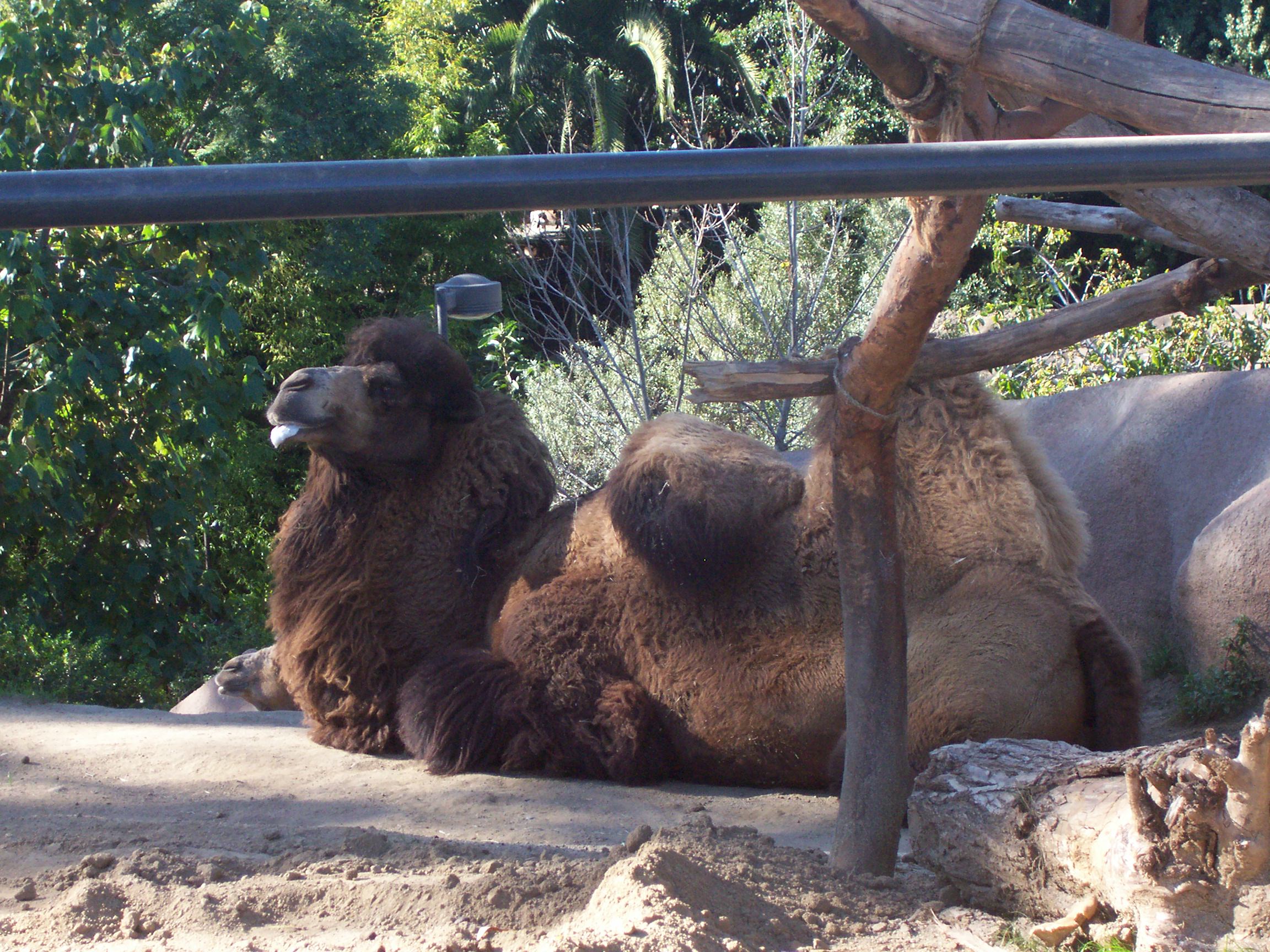with Speak Method
| English Online with Speak Method |
|
| Online Classes | Pronunciation Facts | R, Th, T and other sounds | 500 Words Practice |
| Local Classes | Business Communication | TOEFL Prep | ESL Stories |
| Contact us | Vowel Sounds |
Grammar and Idioms | For Young People |
The Bactrian Camel

1. The Bactrian (say BACK-tree-un) camel has two humps. The camel with one hump is called the Arabian camel. Many people think that camels store water in their humps. Actually, this is not true. The humps have masses of fat which nourish the camel. Camels can go for days without drinking water because they scarcely sweat. They also take in a lot of water through the plants they eat.
2. When the camel's hump visibly droops to one side, there is a lack of nourishment. In Bactrian camels, one hump may droop without the camel being bothered.
3. Camels purposefully choose when they will drink. They do not drink water unless they need it. Like cows, camels nibble at plants and swallow without chewing completely. Then they bring up the partly digested food which is a "cud." They chew the cud. They love to chew! They willconstantly nibble at things--even things that are important to their owners, such as ropes and tents. Their diet is chiefly grasses, plants, leaves, branches, grains and dates.
4. Camels were first domesticated over 3,000 years ago. Today, almost all camels are domestic, though perhaps one thousand are still wild. Camels are very useful because they help people to cross deserts and live in harsh environments. Camels live in Africa, Asia, the Middle East and Australia.
Answer the questions:
1. What is the main idea of this passage?
A. The difference between the Bactrian camel and the Arabian camel.
B. What camels eat and how much they drink.
C. Some basic facts about camels.
D. That camels live in Africa, Asia, the Middle East and Australia.
2. What is an inference, not a fact?
A. Camels are not wild today because they prefer living with people.
B. Camels are useful because they help people to cross deserts.
C. Camels can go for days without water because they scarcely sweat.
D. Camels were first domesticated over 3,000 years ago.
3. What is the difference between Bactrian camels and Arabian camels?
A. Bactrian camels have one hump and Arabian camels have two.
B. Bactrian camels have two humps and Arabian camels have one.
C. The hump of the Bactrian camel can droop; Arabian camels' humps do not droop.
D. Both B and C.
4. What is a "cud?"
A. a lump of grass
B. a lump of grass, grains and dates
C. a lump of partly digested food
D. a lump of rope, tent canvas and grass
5. Match the words with their definitions:
actually a. hardly
scarcely b. in reality
visibly c. mainly
purposefully d. all the time
constantly e. able to be seen
chiefly f. with intention
(answers below)
Continue Learning Get Your Free Evaluation The American Accent Pronunciation of 500 Words Classes Online |
|
Continue Learning American Vowel Sounds English Pronunciation News English Grammar and Idioms ESL Stories |
answers: 1. c, 2. a, 3. b, 4. c, 5. actually: b, scarcely: a, visibly: e, purposefully: f, constantly: d, chiefly: c